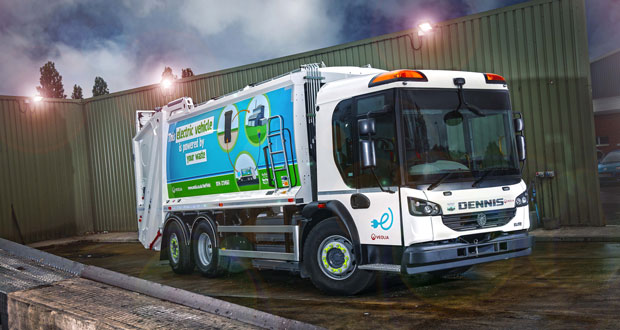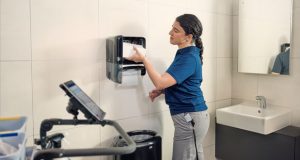Kingston Council has approved Veolia’s proposal to introduce a fleet of electric Refuse Collection Vehicles (eRCVs). The cleaner and greener collection fleet is set to take to Kingston’s streets in the autumn.
Veolia, Kingston Council’s recycling and waste collections partner, will operate the new e-collection vehicles, which will make collection services in Kingston fully electric for the first time. Powered by lithium-ion batteries, they will help improve Kingston’s air quality and cut out CO2 emissions, leading the way towards carbon neutrality and the Council’s target of net-zero carbon by 2030.
The cleaner and quieter vehicles will be designed for urban environments, meaning collection routes will easily be completed on one charge. As well as improving air quality, noise pollution will reduce as the eRCVs are quieter than diesel-run engines..
Scott Edgell, South London Waste Partnership General Manager, Veolia, said: “We’re delighted that Kingston Council has approved the decision to introduce electric vehicles to the borough. The move to electric demonstrates Veolia’s commitment to reducing the carbon impact of our operations and we’re proud to work with the Council to use the latest technology to improve our environmental footprint and ensure the area becomes cleaner and greener.”
Councillor John Sweeney, Portfolio Holder for Business and Leisure at Kingston Council said:“As a council we are committed to providing essential services to residents while limiting the impact we have on the environment.
“By introducing an electric waste fleet, we’ll help improve the borough’s air quality and reduce greenhouse gas emissions significantly.
“Kingston will be one of the first boroughs to do this and want to lead by example as we move toward our objective of being a carbon neutral council by 2030.
“As well as being better for the environment, the vehicles are also smaller and quieter, which will lead to less disruption for communities while the waste crews complete their rounds.”





